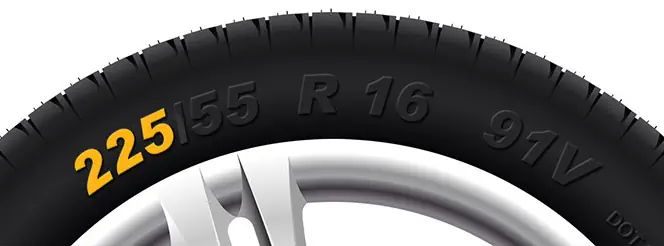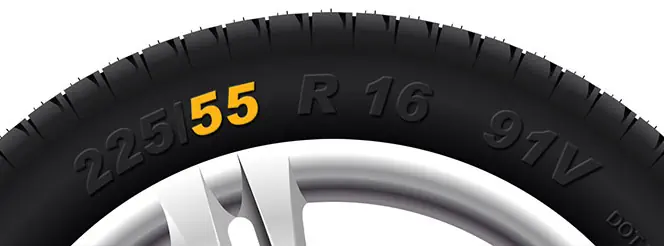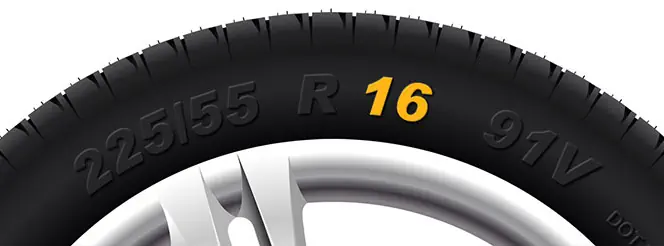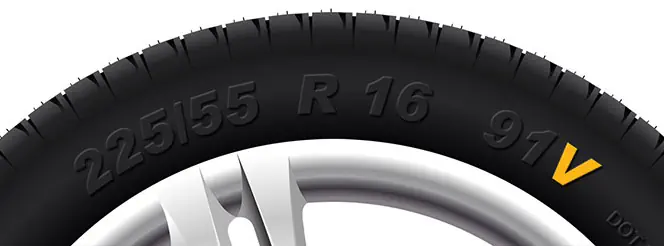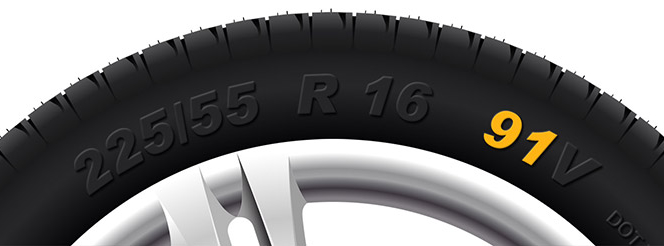Repairs renew relationships for 3.8 million drivers
Kwik Fit | Friday 6th November 2020 10:18am
- Motorists keep cars for an average of 1 year and two months after paying for repairs
Almost four million of the nation’s drivers have given their vehicle another chance having previously decided to sell it. Research published today reveals that 3.8 million drivers have changed their minds about swapping their current car and decided to keep it after spending money on repairs or maintenance. In total, one third of drivers - some 14.5 million motorists - have done this with either a previous car or their current vehicle.
The study for Kwik Fit, the UK’s largest automotive servicing and repair company, shows that the third of drivers who have changed their mind about selling their car did so after spending an average of £928 on repairs. Having paid for repairs, they then kept their car for an average of one year and two months beyond the point at which they had originally decided to replace it.
While the average amount spent on repairs was £928, one in ten drivers spent less than £250 and then kept their car for another year on average. Car owners in London and the South East are the most likely to have given their car a second chance, with 41% and 39% of drivers in these regions saying they have kept a vehicle after paying for repairs. This may be due to these drivers having paid the most in repairs, with average bills of £1,233 and £1,033 respectively leading to a change of heart and a reprieve for their car.
Drivers in Wales and the East of England are the least likely to have changed their mind, with only 23% of Welsh drivers and under a quarter (24%) of motorists in the East holding on to their vehicle after splashing out on repairs.
When asked why they had changed their minds, the most common reason given was that the repairs had made their car safe and reliable, stated by 29% of drivers. The next most frequently stated reason was that car owners wanted to get value for money from their investment in repairs (27% of drivers) followed by the fact that having work done on their current car would be cheaper than trading it in for a new one (25%). While most drivers made their decisions on financial reasons, one in six (16%) admitted that they just didn’t want the hassle of having to swap their car, while 15% said they could not find a replacement they liked as much as their existing one.
Table 1: Reasons given by drivers for deciding not to sell their car after spending money on repairs and maintenance.
| Reason given | Proportion of drivers who kept their car |
|---|---|
| The work I had done made my car safe and reliable and so it made sense to keep it | 29% |
| I wanted to get the value for money for the work I had just paid for | 27% |
| I realised it was cheaper to get work done to my current car than trade it in for a new one | 25% |
| My financial circumstances changed and I could not afford a new car | 20% |
| I was so happy with the work carried out on my car it made me realise I did not need a new car | 17% |
| I realised my current car was not worth as much as I thought so couldn’t afford a new one | 16% |
| I didn’t want the hassle of having to swap my car | 16% |
| I could not find a car I liked as much as the one I had | 15% |
Source: Kwik Fit, 2020
Roger Griggs, communications director for Kwik Fit, said: “This research shows that although there is undoubted appeal in getting a new car, when it comes to the crunch, many of us realise it makes financial sense to stick with the one we have got for a bit longer. We’ve seen that some drivers have spent less than £250 on repairs and kept their car for another year, which at £20 a month is great value for money. In an environment where everyone is looking to make all types of products last longer, it’s no surprise that many drivers are investing in maintenance and repairs of their existing vehicles.”
For the latest news and updates from Kwik Fit, customers can follow the company on Twitter at @kwik_fit.
- ends -Note to editors
1Research carried out by Opinium amongst 2,003 UK adults in July 2020
About Kwik Fit
Established in 1971, the Kwik Fit Group is one of the largest independent automotive parts, repair and replacement specialists in the world. Kwik Fit has over 600 service centres across the UK and more than 200 mobile tyre fitting vehicles, making it the UK’s leading tyre, exhaust, brake and MoT specialist. Details of its range of products and services can be found at kwik-fit.com
For further information please contact:
Samantha Stewart/ Camilla Wyatt/ Alannah Sims
Citigate Dewe Rogerson
Tel: 020 7025 6497




